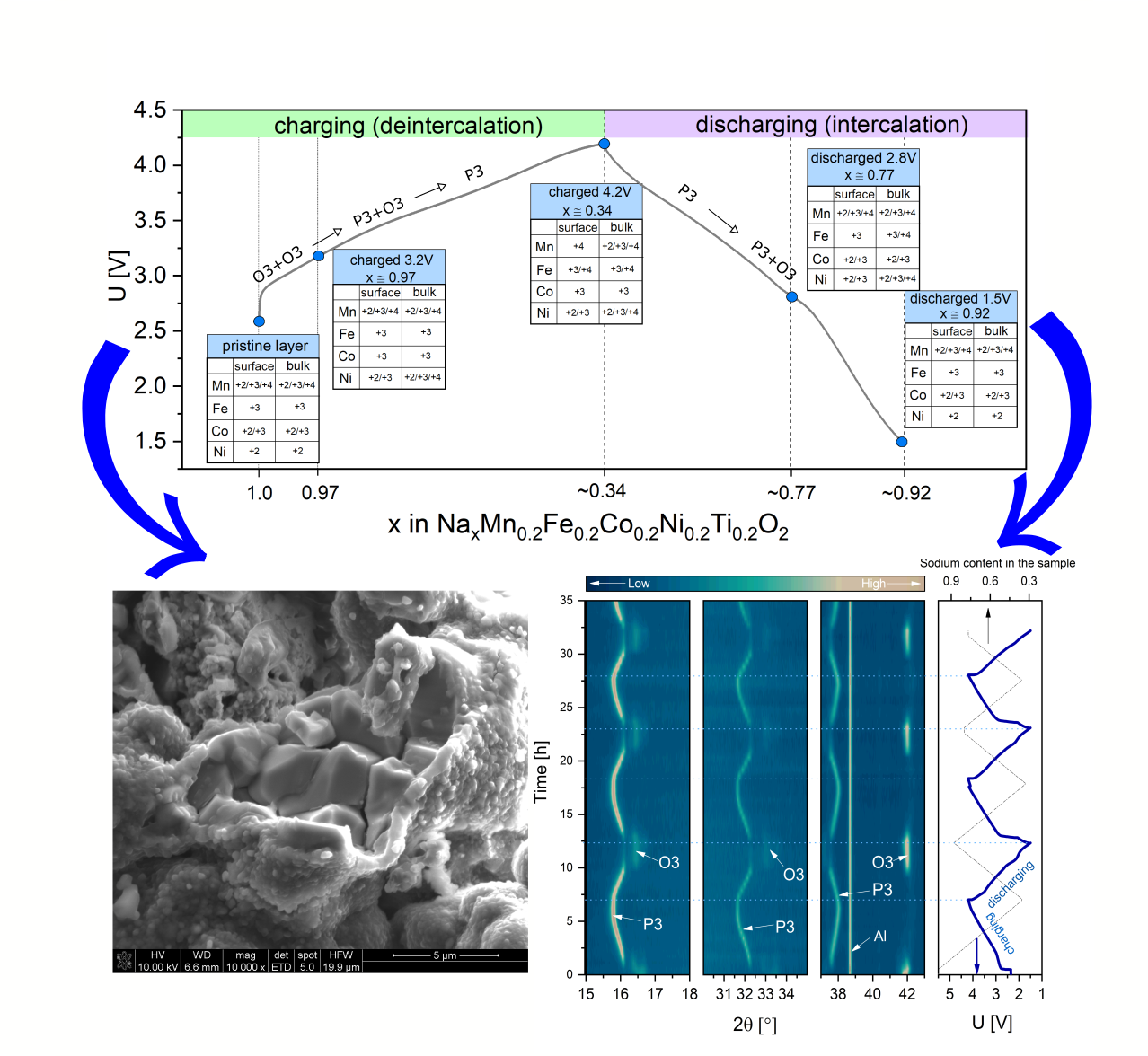A new cathode material for high-performance sodium batteries
|Different sectors, including transport and industry, are undergoing electrification, and this transformation requires an increasing battery storage capacity. The current primary battery technology is based on lithium-ion technology, which relies mostly on lithium, nickel and cobalt. However, these elements can be feasibly mined in only a few areas of the world, and their resources are shrinking. Moreover, cobalt and nickel are known with their harmful character for people as well as the environment. Therefore, the need for alternative chemistries for new-generation batteries is pressing. In this regard, there’s an increasing interest towards sodium-ion batteries (Na-ion), considering the wide availability of sodium and its low price.

Dr. Katarzyna Walczak and Prof. Janina Molenda (AGH University of Science and Technology), together with their colleagues, developed and analysed a novel positive electrode material (cathode) suitable for Na-ion batteries. This complex study included theoretical and experimental elements, and the authors focused on the structure of the cathode material. Among others, a High-Resolution Transmission Electron Microscope (HR-TEM) available at the Romanian CERIC Partner Facility at the National Institute of Materials Physics in Magurele (Bucharest) was employed to obtain a deeper understanding of the morphology of the cathode material and its impact on the properties of the sodium cells.
This work proved that this new complex material could find applications in sodium battery technology as a high-performance cathode, especially in large-scale energy storage applications.
ORIGINAL ARTICLE:



